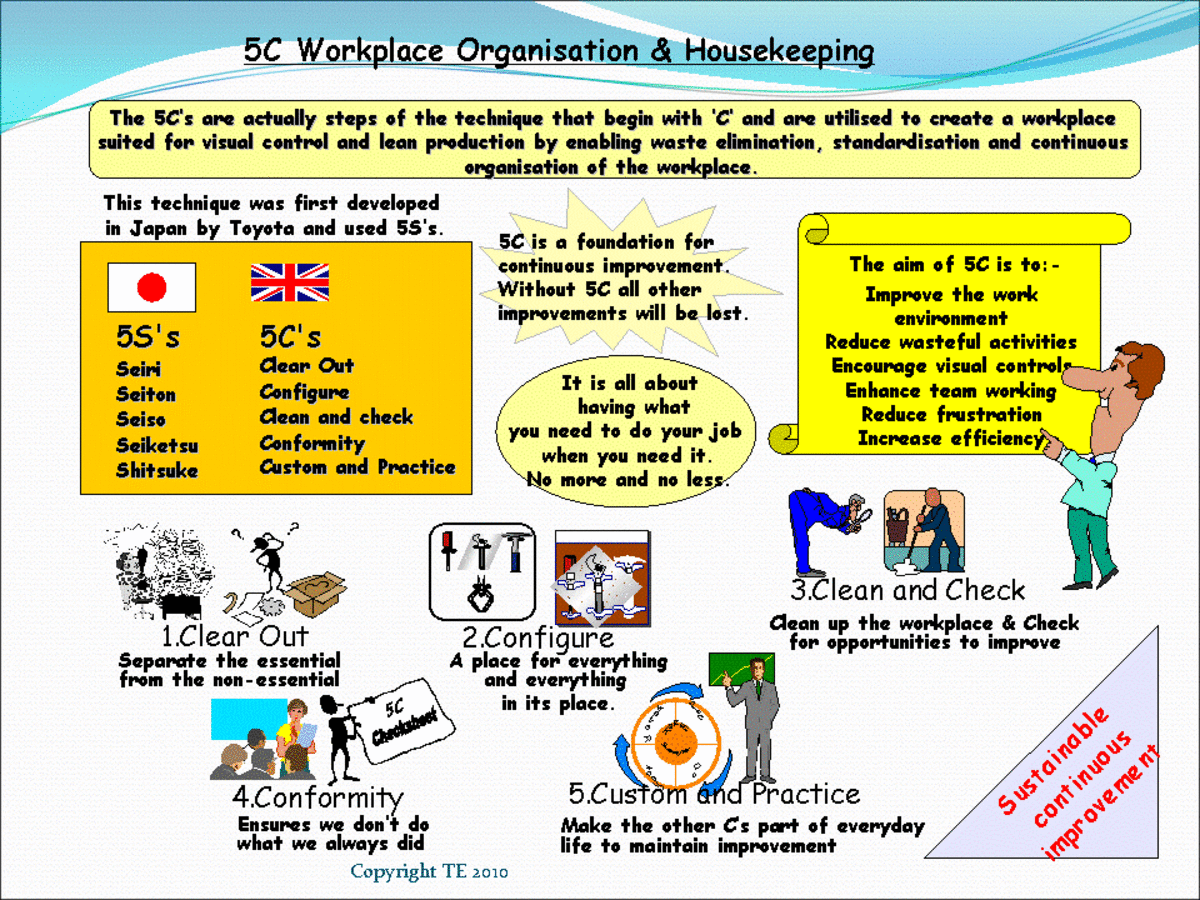Workplace: Personal Lifestyle Vs Professional Life
Introduction:
Based on researches done by various institutions, it is clear that there is a direct correlation between work behavior of the employee and his or her health and well-being. Most of the competitive companies not only focus on creating a robust corporate environment to retain and attract new talent but also implement new initiates to support and promote employee wellness programs.
Behaviors related to the lifestyle like the use of tobacco, diet, physical activities, excessive work pressure and stress exert a direct impact on health, behaviour and well-being. But in the present situation, lifestyle is not remaining a private issue. Corporate houses are supporting and promoting the different health programs, with a clear intention to reduce the absenteeism rate, give more job satisfaction and improved performance of organization and emloyee.
Important aspects to be covered:

HR Leaders are the key players driving the cultural change within any organization. For them, it is important to perceive the correlated power of well-being and health. Sometimes these leaders only focus on building such programs which are directly related to productivity and profitability of organization and give less consideration to create programs which can directly improve the working environment, employee-centric and overall morale of employees. By understanding the different risk factors, work stress of workforce, that directly impact on one’s health, HR Leaders can analyze work behavior influence on an organization’s performance. No time for social awareness, chronic health challenges, and absenteeism can be a heavy burden for any organization to bear.
From recent studies, it is clear that the operational cost of European companies are increasing because of the high ratio of absenteeism and now they become more focused towards the concept of workplace health promotion. Traditional programs are generally focused on behaviors like inactivity; low nutrition and smoking etc have low impact. This is the reason that innovative interventions which are more comprehensive, for both worker and organizational health, introducing in the system for an effective behavioral change, combined with an improved environment and working culture.
Here are some ways that you could create a healthy workplace environment:

Promote wellness: weekly exercise programs such as a yoga session before the start of their workday or an aerobics class after work.
Engage with different personalities: Not all fingers are similar and similarly, every workplace has a combination of characters, and have different needs. So it is always better to engage with them and understand whether independence will help them or hands-on approach.
Fair employee policy: How an organization treats its Manager and junior employee if they missed the deadline? If the procedure is same then it is OK but if there is a difference then it’s an alarming signal. Policies must be fair and equal for all.
Eat healthy: It’s not about being unrealistically slim, or deprive you of the food you love or following a strict dietary plan. It is all about having more energy, improving your mood and outlook and feeling good. No skipping breakfast and lunch can be a part of the policy to create healthy workplace environment.
Team building activities: Productivity, morale boot, internal communication, sprite of helping each other all are associated with the team. To improve these aspects strong bond is required. Team building activities not only motivate the staff but also create a positive workplace environment.
Clean and comfortable office: This factor can have tremendous effects on the interactions among employees and work efficiency. If it is not possible to make such arrangements where Sunlight can come then try to provide a pleasant and relaxing work atmosphere, clean working equipment and comfortable furniture if possible then add few work lights to make the workplace brighter.
Healthy Workplace is, where:

- Freedom to adopt a healthy lifestyle and developing skills to manage things in a productive.
- Feeling of belongingness, positive work, and social environment, freedom to use creativity and talent.
- Feeling of recognition for work we do.
- A healthy balance between work and personal life responsibilities.
- Happy employee is a productive employee.
- Feeling of security and physically safe work environment.
- Comfortable sitting arrangement.
- Promote healthy policies like tobacco-free campus.
- Employee health insurance for preventive screenings.
- Actions like making availability of healthy foods through vending machines or cafeterias.
Elements of a Healthy Workplace:

Occupational, Physical Health & Safety – Even after over a hundred years of legislation related to occupational health & safety, companies still struggling for implementing best strategies related to this major factor. Introduction of new technologies and methodologies are required to minimize workplace disabilities and need continuous attention.
Lifestyle & Health Practices – It will measure how well an organization helps employees to:
• Adopt, develop and maintain healthy lifestyle practices.
• Quit the unhealthy and risky habits.
• Optimal use of the healthcare facilities and system.
Supportive Environment and workplace culture – Bedrock of the healthy workplace is “A supportive workplace culture”. It enables the other, above mentioned, two elements. Culture is sustained and reinforced by ongoing patterns related to communications and relationships that have an influence on physical and mental health. Value of organization, like respect, diversity, respect teamwork and quality, must be reflected in its culture.
- Entitle employees to innovate, decide, and act in a coordinated way.
- Reward, involve, inform, engage, and develop employees.
- Treat the employees as you want them to treat the organization.
A workplace health assessment should be designed with an aim to capture a picture of the factors that influence employee health including lifestyle choices, the work environment (physical working conditions and social support), and the organizational level (practices culture, and policies).
Other side of the Coin: Responsibilities of an Employee:

- If you have any concern related to your job, insurance, employment status, retirement benefits, or other matters, consult with your supervisor, department head, or the Human Resources.
- Know the safety regulations that apply to your job and help promote and always maintain safety standards. Inform your supervisor immediately if you find any unsafe working conditions.
- Be updated about departmental time, place related to regulations concerning meetings, public speeches, and other related activities.
- Report to work as per the departmental work hours, unless your supervisor or department head informs that an alternative work schedule has been approved.
- Respect the rights and property of others.
- Consult standards of performance and conduct that are expected of you, with your supervisor.
- Always keep positive and 'can do' attitude. Being available, ready, and willing to get the job done should be traits that employees keep on the front.
Workers should have a right to sit across from management to collectively bargain about their work conditions, their wages, and the future direction of the company. To me, that's just a humane thing to do. It is unacceptable in the 21st century to have companies not want to do that with their employees and create a great work environment.
— Nina Turner© 2017 Nipun Sourishiya








